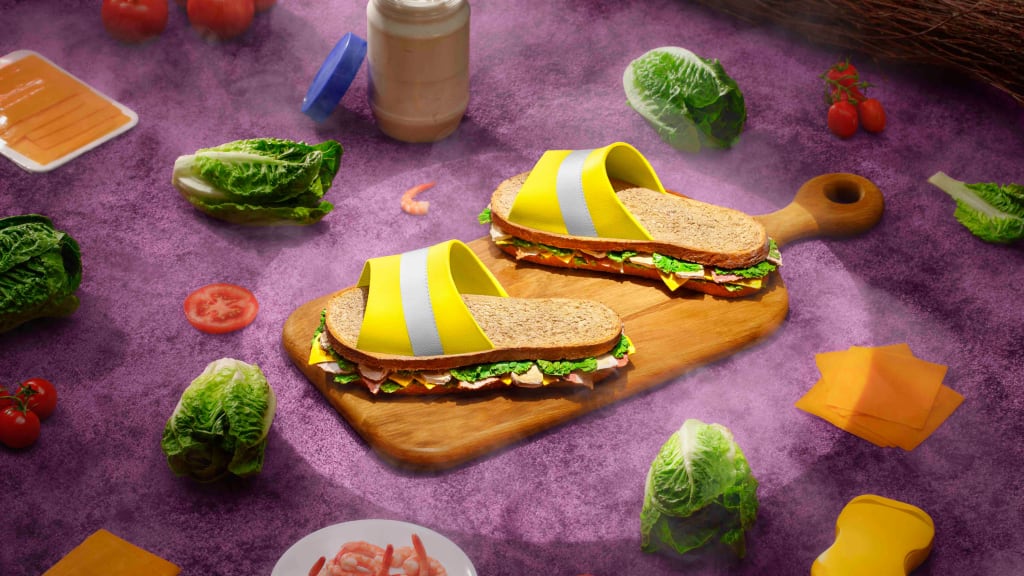This Marketing Campaign Proves that Knowing Your Customer is the Secret to Success
 Knowing your audience is important to the success of a campaign. The type of messaging they use, the channels they target, and the content they create are all influenced by this knowledge. Even a deep understanding of their audience can leave the best marketer stumped.
Knowing your audience is important to the success of a campaign. The type of messaging they use, the channels they target, and the content they create are all influenced by this knowledge. Even a deep understanding of their audience can leave the best marketer stumped.Do my tried-and-true tactics still work or should I change them? Is there a better way to convey my message to my audience? Is it too much or too little to reach out?
Advanced marketers place a lot of value on their data. They work with trusted partners to gather information. They look at customer journey maps to find out where the most value can be found. They use real-time analytic to measure campaign success. Who is doing the same for these marketers as they create campaigns that disrupt and wow their audiences?
The Guess Less, Sell More campaign was created by Mailchimp. The clever take on MailChimp’s “expert absurdism” is one of the most innovative visual campaigns of the year, and it proves that knowing your audience is the key to ensuring the most successful outcome.
The number one email and marketing automation platform is Mailchimp with 12 million customers. 500 million emails are sent by Mailchimp every day, and you can bet the organization is taking advantage of the insights that the volume of emails can provide. The data pool gets bigger with every email. Too few marketers are aware of the data that Mailchimp has.
Although it’s known for its ease of use, Mailchimp’s advanced features aren’t the first thing organizations think about when they’re considering using the platform. If you find yourself debating between subject lines, you can take advantage of theOptimizing Content feature. The platform gathers data from high-performing campaigns in every industry to suggest changes to content based on what it predicts will perform best. This data gives marketers the ability to place audiences into different conversion funnel within their email campaigns. That is just the beginning.
The Guess Less, Sell More campaign was created here. The campaign features eye-catching visual elements that bring together various common elements–for example, a cat, owl, and bat combined into one or a sandwich that also acts as sandals– into unforgettable, slightly strange creations. To stop viewers in their tracks is one of the goals of this campaign. The Mailchimp brand is well known for its sophisticated yet humorous approach to marketing. “taking the guesswork out of email marketing” is the message that is conveyed by the delightful quirks depicted on posters, banners, and TV ads.
The idea of simple is turned on its head in this campaign. When a viewer moves past the initial disruption that these images cause, they find themselves questioning their impression and looking for answers. Through a highly visual experience, Mailchimp recreates the feeling of uncertainty their target audience is having, allowing them to know that they understand their pain while pointing to their platform as the solution.
The campaign was developed by the in-house creative agency at Mailchimp. Even the most advanced marketers second-guess their decisions after surveying their target audience. The right tools could be used to overcome the uncertainty, but the right campaign was needed to bring attention to those tools.
The customer-centered approach to content is prioritized by 58 percent of marketers, but only 14 percent feel that their organization as a whole makes customer-centeredity a priority.
To show your customers you understand their pain, identify their pain points and develop content that doesn’t just tell your audience you feel their pain, but actually shows them.
Ninety five percent of audiences want visual content as their primary, secondary, and tertiary forms of information delivery, but 94 percent of first impressions are based on the design of that content. If you want to land a great first impression, you need to prioritize production value in all of the visual content you create.
Content that is versatile enough to live on all channels is what you should create. The same imagery is used to create video ads, print ads in industry magazines, ads for NY Fashion Week, and more.
“When you look at our campaign, Guess Less Sell More, what most people may look at and think is ‘that’s the beloved Mailchimp I know,’ but if you step back a little bit, you’ll see that’s not what we’re all about,” said
It’s important to deliver a campaign that is unique and disruptive to connect with advanced marketers. The visual appeal of this campaign shows respect for the truth. As thought leaders in the space, we owe it to our audience to show up with the most breakthrough, smart, and sophisticated marketing.






